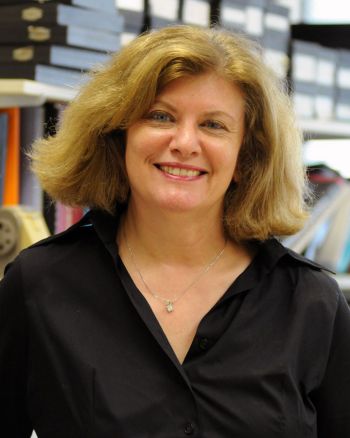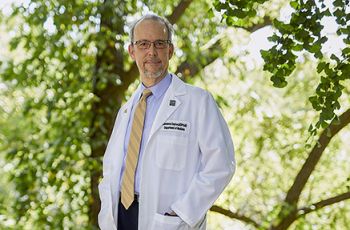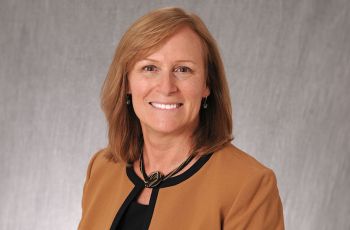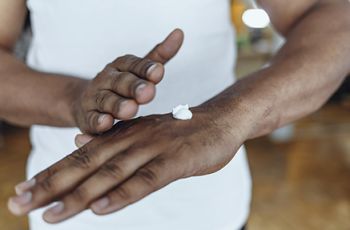
Kenna Peusner, PhD, professor of neurology at the George Washington University (GW) School of Medicine and Health Sciences (SMHS), received a $1.65 million grant from the National Institutes of Health to investigate the peripheral vestibular system in congenital vestibular disorders (CVD).
The vestibular system processes signals generated by hair-cell mechanoreceptors in the inner ear to maintain posture, balance, and spatial orientation. Within the vestibular part of the inner ear are three semicircular canals that can detect head rotation movements. When the vestibular system starts to degenerate due to age, elderly patients may experience fall-related injuries, which have a 20% mortality rate and rank as the sixth leading cause of death for that age set.
With many CVDs, malformation of the vestibular inner ear occurs before birth; in some cases, a sac-like inner ear, where the three semicircular canals are either missing or truncated, forms. Children with CVD subsequently experience disorientation, confusion, and fatigue during daily tasks and may have severe challenges in eye-hand coordination, eye tracking, and reading. Currently, there is not a clinical test available that can identify the specific sites of the pathology at the cellular level in the inner ear or central vestibular neural circuitry.
“Our laboratory designed, implemented, and validated a new animal model using the chick embryo and microsurgical manipulation of the developing inner ear or ‘otocyst,’” said Peusner. “Our experiments using the chick model show major losses in peripheral vestibular ganglion cells and central vestibular nuclei neurons.”
Peusner and her team are hypothesizing that the formation of a sac-like inner ear during early gestation results in a reduced number of vestibular ganglion cells that may form fewer synapses peripherally and centrally, leading to underconnectivity in the vestibular system.
“The outcome of our animal model experiments will provide novel insights into the consequences of CVDs on the development, maintenance, and plasticity of the vestibular neural circuitry that may modify our thinking on how to treat these disorders,” Peusner said. “This includes insights into whether the neural circuitry will benefit from vestibular implant technology or specific pharmacological treatment.”
Peusner is collaborating with Anastas Popratiloff, MD, PhD, director of the GW Nanofabrication and Imaging Center and adjunct professor of anatomy and cell biology at SMHS, as well as two researchers from Paris, France, June Hirsch, PhD, and Mathieu Beraneck, PhD, who will visit the Peusner laboratory each year to participate in experiments in the proposal, which will run through March 2026.


